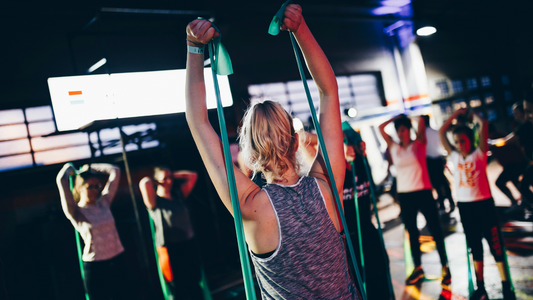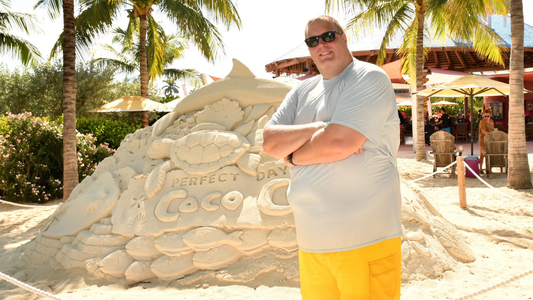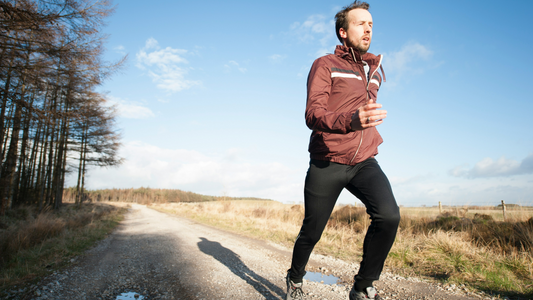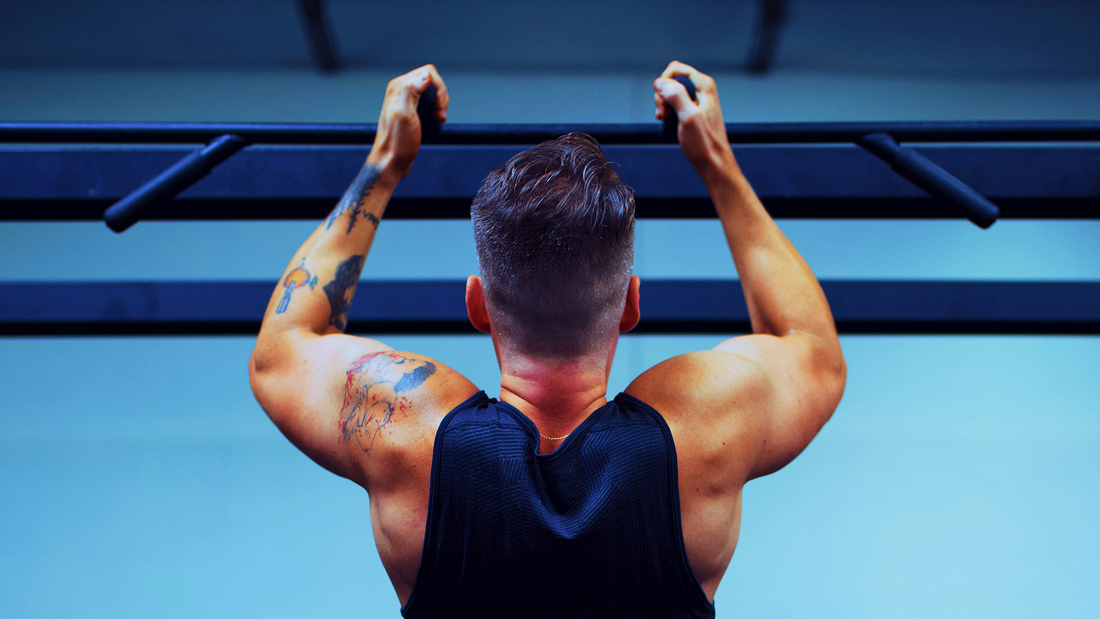
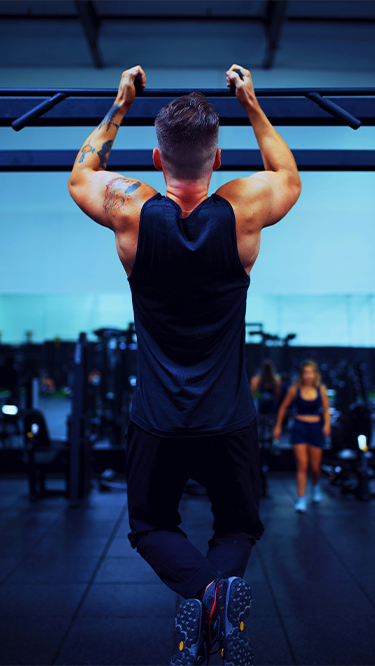
What Muscles Do Pull-Ups Work?
Pull-ups are a great fitness goal. Since they’re not the easiest to do, performing even one can give you a sense of accomplishment. Understanding how pull-ups work and having a training plan can help you achieve this goal. One good thing to know is what muscles pull-ups work. They generally engage muscles such as lats, trapezius, and rhomboids, among others.
What Muscles Do Pull-Ups Work? 8 Major Ones
Here are common muscles that pull-ups work.
1. Lats
Your latissimus dorsi muscles are the main muscles getting a workout in pull-ups. They’re the large muscles on both sides of your back, and they help you lift your body toward the bar.
2. Trapezius
The trapezius muscles, such as the middle and lower trapezius, show up big time for pull-ups, too. They’re in your neck and upper back, and help your shoulder blades retract and stabilize during the upward motion of a pull-up.
3. Rhomboids
These muscles work with the trapezius muscles to squeeze your shoulder blades together so you can keep proper form during a pull-up. Proper form lets you maximize benefits such as upper body strength and muscle definition.
4. Biceps Brachii
The biceps play a key role in supporting the pulling movement of a pull-up. They’re in the front of your upper arms and help flex your elbows.
If you’re performing chinups instead of pull-ups (they can be easily confused and depend on your grip type), you’ll use your biceps to a larger extent. What muscles do pull-ups work more? They depend more on the trapezius muscles than the biceps.
Chin-ups can be easier for beginners, so if you think you are struggling more than you should with pull-ups or adapted pull-ups, you could try chin-ups for a while before returning to pull-ups. Both types of exercises are great but since the muscle interplay is different, your goals should determine which type you do.
5. Forearm Muscles
Grip strength helps quite a bit with pull-ups, and your forearm muscles can improve your grip strength. As you get better at pull-ups, you should notice enhanced forearm endurance.
6. Posterior Deltoids
As you explore what muscles pull-ups work, one type is the rear shoulder muscles, also called posterior deltoids. The pulling motion activates these muscles. They keep your shoulders stable during pull-ups and assist with the general development of your upper body.
7. Thoracic Erector Spinae
These muscles run along your spine and are deep back muscles. They contract the whole time you do a pull-up.
8. Infraspinatus
These triangular muscles on the shoulder blade help rotate the humerus and stabilize the shoulder joints.
Pull-ups work other muscles, too. They engage most of your upper body, but exactly which muscles you activate and how much can depend on if you do a straightforward pull-up or a beginner-friendly adapted version, such as assisted pull-ups with the knees bent. Tracking with ZOZOFIT can help monitor your progress.

![zf-w-[168px] zf-h-[40px]](http://zozofit.com/cdn/shop/t/15/assets/logo-desktop.png?v=117713855448369080381753069598)
